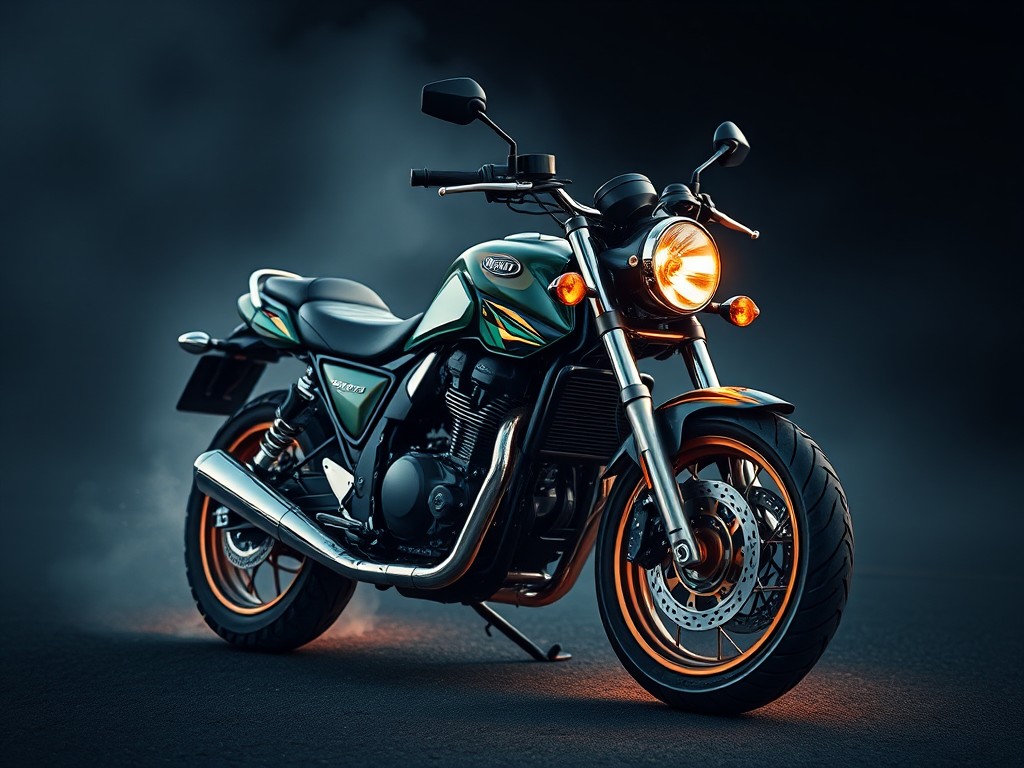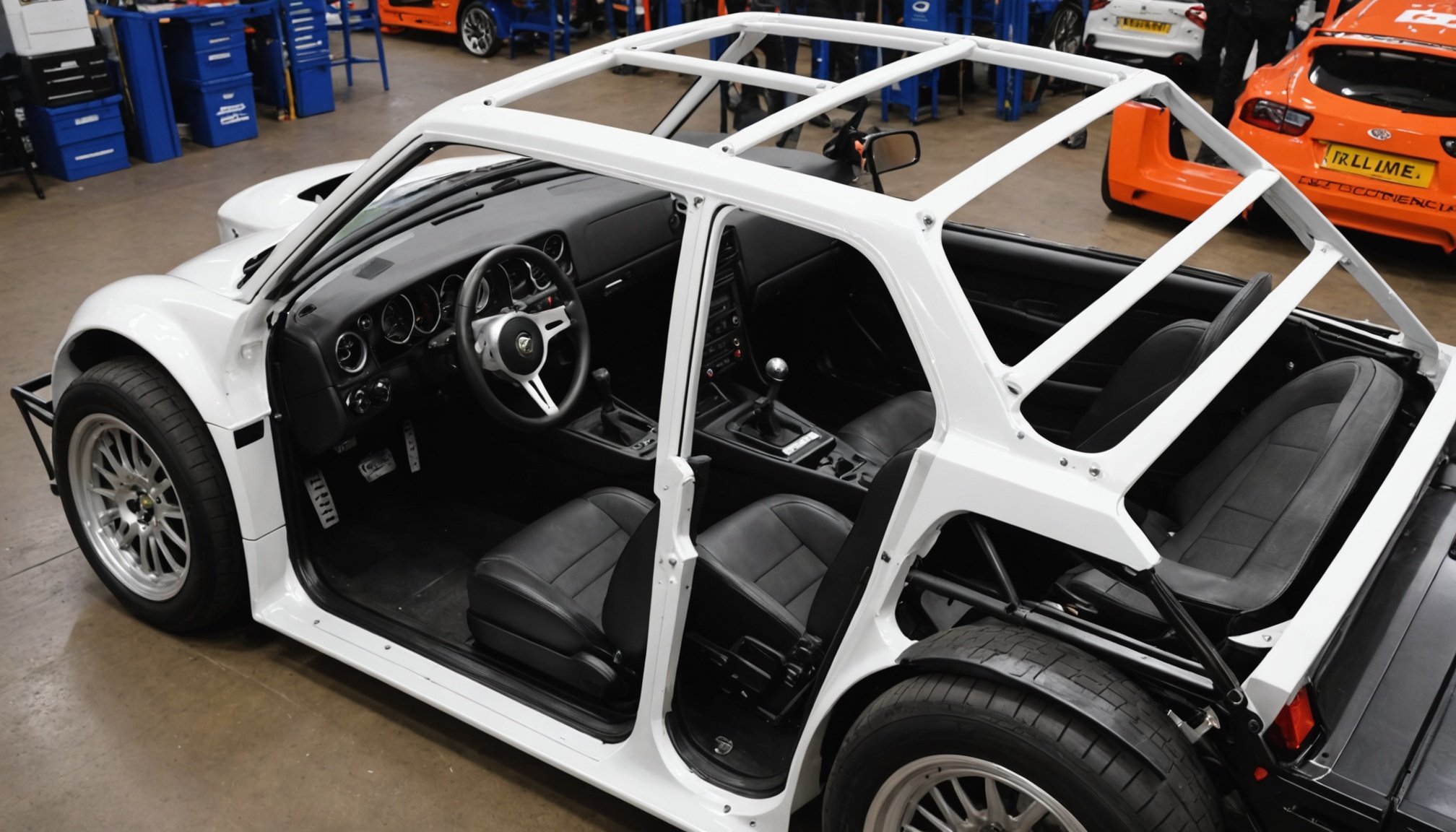As motorsport enthusiasts, you understand the importance of safety on the track. One of the pivotal safety features for any track car is the roll cage. A properly fitted roll cage not only ensures the driver’s safety but also enhances the structural rigidity of the vehicle. In this detailed guide, we will delve into the specific requirements for fitting a roll cage in a UK track car. This comprehensive article aims to provide you with all the information needed to ensure compliance with UK regulations and to guarantee maximum safety.
Understanding the Fundamentals of Roll Cages
Before diving into the specific requirements, it’s crucial to understand what a roll cage is and why it’s essential. A roll cage is a framework of bars or tubes installed within a vehicle to protect occupants in the event of a roll-over or collision. The primary purpose is to prevent the car’s roof from collapsing, thereby protecting the driver and passengers.
In parallel : How can you optimize a dual-clutch transmission for smoother shifts in the UK?
Roll cages are commonly made from high-strength materials such as steel or chrome-molybdenum. The design and construction of roll cages vary depending on the type of motorsport and the specific safety regulations in place.
In the UK, roll cages must comply with the standards set by the Motorsport UK, the governing body for four-wheel motorsport. These standards ensure that roll cages provide adequate protection and are constructed to a high standard. It’s important to note that these requirements are specific and must be adhered to without compromise.
This might interest you : What are the steps to install a cold air intake system in a UK performance car?
Material and Construction Standards
When fitting a roll cage in a UK track car, the choice of materials and construction standards are of paramount importance. The roll cage must be constructed from high-quality materials that can withstand significant impact forces. Typically, roll cages are made from either cold-drawn seamless carbon steel (CDS) tubing or chrome-molybdenum steel (CrMo).
CDS tubing is widely used due to its excellent strength-to-weight ratio and ease of welding. However, CrMo offers superior strength, making it an ideal choice for high-performance applications. Regardless of the material chosen, it must comply with the specifications outlined by Motorsport UK.
The roll cage’s construction must also adhere to specific guidelines. Each joint and connection must be meticulously welded to ensure maximum strength. The diameter and wall thickness of the tubing must meet the minimum requirements set by Motorsport UK. Additionally, the roll cage must be designed to provide unobstructed egress for the driver in case of an emergency.
Design and Fitment Regulations
The design and fitment of a roll cage are critical in ensuring its effectiveness. According to Motorsport UK regulations, the roll cage must be designed to provide a protective safety cell around the driver. This typically includes a main hoop, front hoops, side impact bars, and diagonal braces.
The main hoop should be positioned just behind the driver’s seat and extend from the floor on one side to the floor on the other. Front hoops extend from the main hoop to the front of the car, while side impact bars are positioned along the sides of the vehicle to protect against side impacts. Diagonal braces add extra strength and rigidity to the structure.
The roll cage must be securely attached to the vehicle’s chassis or body shell. This involves the use of mounting plates and reinforcement where necessary. The fitment process must ensure that the roll cage does not interfere with the driver’s visibility, controls, or comfort. Additionally, all sharp edges and protrusions must be avoided to prevent injury in the event of an accident.
Compliance with Safety Regulations and Inspection
Ensuring your roll cage complies with safety regulations is non-negotiable. Motorsport UK has established a rigorous inspection process to verify that roll cages meet the required standards. This involves a detailed examination of the materials, construction, design, and fitment of the roll cage.
It’s mandatory to have your roll cage inspected and certified by Motorsport UK before participating in any track events. Failure to comply with these regulations can result in disqualification from events and potential safety hazards.
During the inspection, the roll cage is checked for compliance with the specified material and construction standards. Inspectors will also verify that the design and fitment adhere to the guidelines. Any discrepancies must be rectified before the roll cage can be certified.
Maintenance and Regular Checks
Fitting a roll cage in your UK track car is not a one-time effort. Regular maintenance and checks are crucial to ensure the roll cage remains in optimal condition. Over time, the stresses and impacts experienced on the track can cause wear and tear on the roll cage. Regular inspections can identify any potential issues before they become serious problems.
Ensure that all welds and joints are regularly inspected for signs of cracking or fatigue. Tighten any loose bolts or fittings to maintain structural integrity. Additionally, check for any corrosion or rust, particularly if the roll cage is exposed to the elements.
Regular maintenance not only ensures compliance with safety regulations but also enhances the longevity and performance of the roll cage. By keeping your roll cage in top condition, you can enjoy the thrill of the track with peace of mind, knowing that you are protected.
Fitting a roll cage in a UK track car requires meticulous attention to detail and adherence to strict regulations. From the choice of materials and construction standards to the design, fitment, and ongoing maintenance, each aspect plays a crucial role in ensuring safety and compliance.
By understanding these specific requirements and following the guidelines set by Motorsport UK, you can ensure that your roll cage provides the maximum protection possible. Whether you are a seasoned racer or a newcomer to the track, prioritizing safety is essential for a thrilling and secure motorsport experience.
In conclusion, the specific requirements for fitting a roll cage in a UK track car involve careful selection of materials, adherence to construction and design standards, compliance with safety regulations, and regular maintenance. By following these guidelines, you can equip your track car with a roll cage that not only meets legal requirements but also enhances your safety on the track.











